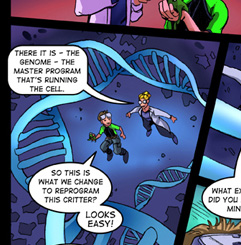This is a sponsored post on behalf of Samsung. To find out more about sponsored content on Technology Bloggers, please visit our Privacy Policy.
Samsung has recently started an innovative new campaign, to raise awareness of ‘Samsung Memory’.
Their campaign includes three evil characters: Battery Brutus; Fiona Freeze; and Loading Ball Larry. These three characters are presented at the ultimate enemy to any techie! After all, who wants their device (be it a TV, smartphone, tablet etc.) to run out of juice, freeze or take forever to load?
 Samsung have been working really hard to improve user experience, which is why they have decided to launch the campaign, to let people know about it!
Samsung have been working really hard to improve user experience, which is why they have decided to launch the campaign, to let people know about it!
Taking an Environmental Approach
As time goes on, more and more firms appear to be altering the way they provide their products and services in order to make them more environmentally friendly. Unfortunately there are many firms which still refuse to take environmental factors into account, however Samsung is (I am sure proud to say) not one of them!
In their recent upgrades and updates, Samsung have gone that step further to ensure that your devices stay ‘alive’ longer, need fewer charges, and perform better for longer.
That means you should be able to keep Battery Brutus at bay for longer! Check out the video (Samsung ad) below to see him in action.
%CODEUMSC1%
The below image shows just how much power Samsung’s devices conserve. That saving means less charges, which means less power being used, which is ultimately better for the environment!
 Samsung also take into account the environment in terms of the materials they use. Below is a quote directly from Samsung.
Samsung also take into account the environment in terms of the materials they use. Below is a quote directly from Samsung.
“Our products continuously evolve. We use the latest technology. The most advanced materials. The safest components for you, and for planet earth. Samsung Memory is only manufactured with the most environmentally responsible materials.”
Top Speed Processing
Samsung’s latest devices are fitted with the high-spec memory and processors, to ensure that you can multi-task with ease, without your device freezing or loading. This means that you can also keep Fiona Freeze and Loading Ball Larry at bay!
Here is the Samsung ad which features Fiona Freeze at work.
%CODEUMSC2%
The last of the characters in the Samsung campaign, Loading Ball Larry, demonstrates just how frustrating loading can sometimes be. Please don’t smash up your device though, next time it loads!
%CODEUMSC3%
To find out more about the campaign, the characters and the technology involved, please visit the Samsung Semiconductor webpage.

